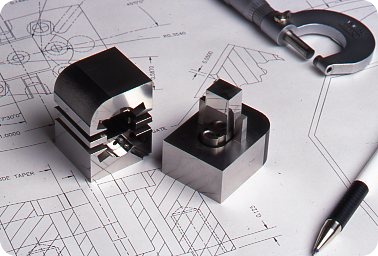Address
304 North Cardinal St.
Dorchester Center, MA 02124
Work Hours
Monday to Friday: 7AM - 7PM
Weekend: 10AM - 5PM

How does a designer begin to make the contemplated new or redesigned project? First, the designer must decide which type of plastic to use for the contemplated product. Then, he or she must select the best method for processing the plastic to create the finished product.
There are many thousands of plastics, each with specific chemical and physical characteristics which will affect the performance of the product. There can be vast differences in processing these plastics. First, the designer must choose between two basic types of plastic, thermosets and thermoplastics.
With thermosets, the raw material (resin) is “cured” under high pressure inside a heated mold. The chemistry of the resulting product is different from that of the original resin, and it cannot be recycled. A cured thermoset product (or any scrap) cannot be ground up to be reused, except perhaps as an inert filler for some other products. However, thermoset products inherently resist higher temperatures than most other plastics, and they have certain better physical, electrical, chemical properties, as well.
Most thermosets are molded with the compression or transfer molding process (tires, dinnerware, electrical components, etc.). Some products, usually smaller ones, can be made using the injection molding process in specially or modified injection molding machines. Some thermosets are used as applied to sheets or mats of glass and other fibers, and then cured under pressure and heat. (Examples are plywood, particle board, etc.)
With thermoplastics, the raw material must be heated before it is injected cooled mold, the resin does not change (or only minimally changes) its chemistry during the heating, molding and cooling processes. Products (and any scrap) can be ground up and the material, in most cases, reused as if it were virgin material. Other processing methods are also possible, as discussed below.
A large variety of thermoplastics are molded using the injection molding process. Some products, such as disks for (analogue) music records are injection molded.
Today there are a number of different plastic processing methods, and new methods are developed frequently:
Many of today’s plastics may be suitable for only one or for just a few of the above-listed processing methods.
The type of product contemplated will play a large role in determining the method of manufacturing. The following discussion will describe some of the advantages and disadvantages of the various methods.